
Environment— Environment —
- Sustainability Top
- Environment
The VT Holdings Group expends massive amounts of resources and energy in our business activities, as well as activities related to automobiles and housings that we have sold.
In order to minimize our environmental impact as much as possible, we will do our part in contributing to achieving a sustainable society in continued efforts to solve climate change and energy challenges and initiatives to achieve carbon neutrality.
Climate Change Activities by the VT Holdings Group
As a public entity of society, the VT Holdings Group considers climate change is an important issue. This is shown by the Group creed, “Through youth, ideas, and ceaseless efforts, we shall provide safe and reliable services to our customers, contribute to the local community, and endeavor to develop our businesses,” which serves as our guiding principle. In line with the recommendations of the TCFD (Task Force on Climate-related Financial Disclosures), we have reviewed the four recommended disclosure items, which are (1) Governance, (2) Risk management, (3) Strategy, and (4) Metrics and targets.
- Support for the
TCFD recommendations - Governance
- Risk Management
- Strategy
- Metrics and Targets
- Future initiatives
Support for the TCFD recommendations
In July 2022, VT Holdings Co., Ltd. announced support for the recommendations of the TCFD.
Based on the recommendations of the TCFD, as we move forward, we will analyze risks and opportunities related to climate change, and endeavor to proactively disclose information on our response to these.

Governance
The Company recognizes that climate change-related initiatives are one of the important management issues for the VT Holdings Group. The Risk Management Committee, chaired by the Officer in charge of risk management, mainly handles risks, and the Sustainability Committee, chaired by the president of the Company, mainly examines opportunities related to climate change in addition to matters not related to climate change. Details on specific initiatives, goals, and progress are prepared by the working groups of both committees, and reported to the Company’s Board of Directors for discussions and decisions.
Risk Management
Based on the “Risk Management Rules” established by the Company, risks related to climate change are managed in the same manner as other risks. A response policy is then determined according to that impact after evaluating the degree of impact on the business. Once the response policy is determined, through the Risk Management Committee working group, which is composed of the heads of major departments, we request the necessary organizations of each Group company to take measures, and monitor the progress of their implementation.
Strategy
We consider the various risks and opportunities connected with climate change are important elements of our business strategy and have conducted scenario analysis according to the TCFD framework.
-
Assumptions for scenario analysis
We have selected two scenarios and analyzed their impacts as of short, medium and long term effects of climate change on the VT Holdings Group finances based on reports related to future projections by governments and international organizations such as latest climate science from the IPCC, the IEA “World Energy Outlook.” These are scenarios where temperature rise is limited to 1,5°C to 2°C the “1.5℃ scenario” and scenario with an expected temperature rise of around 4°C “ 4℃ scenario.”
With each scenario, we identified climate change-related risks and opportunities of the whole VT Holdings Group with a focus on the automobile sales business, which accounts for 90% of the VT Holdings Group’s overall revenue. From the standpoint of “Policies and regulations for a decarbonized society,” “Changes in consumer preferences,” and “Increased severity of extreme weather events,” which are considered to be highly relevant to the business of the VT Holdings Group, risks and opportunities considered especially important were extracted, and we then qualitatively evaluated their financial impact on the target project and studied response measures.
We also assumed the following worldviews for the “1.5°C scenario” and “4°C scenario” respectively.
1.5℃ scenario (Transition risk: large / Physical risk: small) Reference: IEA APS、NZE、IPCC SSP1-1.9、SSP1-2.6
Transition risks as we move toward a decarbonized society include the introduction of laws and regulations such as carbon taxes and border carbon adjustment measures, which will energy costs and in turn affect commodity prices. In particular, the automotive industry is expected to see an accelerating shift in demand to EVs and PHEVs, as well as technological advances, along with stricter ZEV and fuel efficiency regulations. These are significant market risks as well as new growth opportunities. Customer preferences for products and services will also change, and companies that do not respond properly to climate change will be exposed to risk of damage to their brand image and the loss of customers. With regards to physical risks, as various regulations aimed at a decarbonized society progress, rising temperatures will be suppressed, and the frequency of hot summers, heavy rains, typhoons and other adverse events will not increase significantly. This will help suppress a major increase in natural disasters and health hazards compared to the present.
4℃ scenario (Transition risk: small / Physical risk: large) Reference: IPCC SSP5-8.5
Various efforts toward a decarbonized society such as legal regulations are progressing in developed countries, even though these are not as significant as in the 1.5℃ scenario. Regulations in developing countries are not sufficient to achieve greenhouse gas emissions reduction targets. This would result in a rise in temperature of about 4℃, causing natural disasters such as heavy rains and typhoons to occur more widely than at present. There is also concern about health hazards caused by infectious diseases and heatstroke.
-
Extraction and evaluation of climate change-related risks and opportunities
Risks
Scenario Type Impact on business of the VT Holdings Group Impact 1.5℃ Transition Legal regulations 1Decline in sales if automobile manufacturers delay development of ZEVs (Zero Emission Vehicles) because of restrictions on the sale of new and used vehicles that use fossil fuel engines
Large 1.5℃ Transition Legal regulations 2Increased investment costs for renovating stores due to mandatory ZEB (Zero Energy Building) standards by the government
Medium 1.5℃ Transition Technology 3Increased investment costs for charging equipment as EVs become more common
Large 1.5℃ Transition Market 4Increased operating costs due to increased demand for electricity and rising electricity rates associated with investment in power generation that does not use fossil fuels
Small 1.5℃ Transition Reputation 5Deterioration of reputation among customers and investors if adequate environmentally conscious measures are not taken due to environmental awareness rising in society
Medium 4℃ Physical Extreme weather 6Damage to stores and other locations and loss of business opportunities caused by typhoons and heavy rain (Although the frequency and intensity increase compared to the present in the 1.5℃ scenario, these would be further accelerated in the 4℃ scenario)
Medium Opportunities
Scenario Type Climate-related business opportunities Impact 1.5℃ Resource efficiency 1Decreased operating costs due to improved efficiency with stores and offices
Medium 1.5℃ Source of energy 2Reduced operating costs by using low-emission energy based on higher efficiency and low-carbon technologies at stores and offices, and by converting to decentralized energy sources
Medium 1.5℃ Products and services 3Increased earnings due to a higher demand for low-emission products such as ZEVs
Large 1.5℃ Market 4Enlarged earnings through the provision of services based on new marketing that utilizes customer vehicle data obtained from IoT including charging equipment, etc.
Large 1.5℃ Resilience 5Improved corporate image through resilience strategies
Medium -
Countermeasures
No Countermeasures Risk Opportunities 1
2
3
4
51
2
3
4
5- Stable offerings of ZEVs, etc., by establishing a group system that does not rely on specific brands (manufacturers)
- Enhancing sales and services of ZEVs
- Provision of new services associated with the acquisition of vehicle information by IoT when using charging facilities in ZEVs
- Utilization of subsidies through active investment in ZEBs, cost reductions by converting stores to ZEBs, and communication of carbon-neutral measures such as initiatives to convert to ZEBs
- Considering the introduction of decentralized energy and VPPs (Virtual Power Plants) of a new technology
6 1
2
5- Reviewing and strengthening the business continuity plan (BCP)
- Store designs that take into consideration disasters and the environment through cooperation with construction companies within the Group
- Response by communicating resilience strategies
-
Results of scenario analysis
Regarding transition risks, ZEV targets set by each automobile manufacturer handled by the VT Holdings Group are higher in the 1.5℃ scenario than in the 4℃ scenario, which will cause the selling price of vehicles to rise temporarily. However, the selling price will decrease as the new technologies become more widespread. Coupled with fuel cost reductions from electricity, we believe it will be possible to ensure a certain level of sales volume and sales.
Also, costs for installation of charging equipment as ZEVs become more common, and capital investment for conversion of buildings (stores, etc.) to ZEBs are expected to increase. We concluded that these risks can be mitigated by utilizing government subsidies through the making of more proactive investments in ZEBs in the early stages and by reducing running costs such as utility costs. We also believe that the financial impact of transition risk will be smaller with the 4℃ scenario.
Regarding physical risks, while it can be assumed that natural disasters will become more severe under the 4℃ scenario, we believe that we can reduce risks from natural disasters by working with the construction companies of the VT Holdings Group to build stores that take disasters into consideration. We will also review and strengthen our BCP so that business activities can continue even in the event of a disaster. Although we believe that the impact will not be as great as in the 4℃ scenario.
Metrics and Targets
We have established Scope 1, 2, and 3 emissions for greenhouse gases as indicators for managing climate-related risks and opportunities. We have been working since FY2020 to calculate the Group’s overall greenhouse gas emissions . The VT Holdings Group’s FY2020 Scope 1 and 2 emissions of greenhouse gas were 19,110 t-CO2, and Scope 3 emissions were 1,372,448 t-CO2. Based on the current state of greenhouse gas emissions, the VT Holdings Group has set a target to reduce Scope 1 and 2 greenhouse gas emissions by 42% by FY2030 down from FY2020 levels for achieving the 1.5℃ target. Going forward, the Group as a whole will promote reductions in emissions to achieve our goals.
- Scope 3 greenhouse gas emissions are calculated by limiting the scope to our Company and car dealers in Japan ,which are the core business of the Company and the VT Holdings Group. We are currently considering calculation methods for other businesses and regions, and plan to gradually expand the calculation scope in the future.
Results for the VT Holdings Group Scope 1 and 2 Greenhouse Gas Emissions
| Fiscal year 2020 Emissions (t-CO2) |
Fiscal year 2021 Emissions (t-CO2) |
Fiscal year 2022 Emissions (t-CO2) |
Fiscal year 2023 Emissions (t-CO2) |
|
|---|---|---|---|---|
| Scope 1 | 6,931 | 7,652 | 7,764 | 8,216 |
| Scope 2 | 12,178 | 10,741 | 11,461 | 10,316 |
| Scope 1 and Scope 2 Total | 19,110 | 18,393 | 19,225 | 18,532 |
- Market standards are used to calculate Scope 2.
Results for the VT Holdings Group Scope 3 Greenhouse Gas Emissions
| Categories | Category name | Fiscal year 2020 Emissions (t-CO2) |
Fiscal year 2021 Emissions (t-CO2) |
Fiscal year 2022 Emissions (t-CO2) |
Fiscal year 2023 Emissions (t-CO2) |
|---|---|---|---|---|---|
| Category 1 | Purchased Goods and Services | 351,770 | 372,036 | 380,389 | 436,842 |
| Category 2 | Capital Goods | 13,604 | 11,457 | 10,581 | 16,382 |
| Category 3 | Fuel-and Energy-Related Activities Not Included in Scope 1 or Scope 2 | 2,779 | 3,523 | 3,461 | 1,772 |
| Category 4 | Upstream Transportation and Distribution | 6,595 | 6,891 | 6,541 | 8,487 |
| Category 5 | Waste Generated in Operation | 883 | 868 | 1,793 | 1,526 |
| Category 6 | Business Travel | 249 | 262 | 261 | 256 |
| Category 7 | Employee Commuting | 939 | 923 | 920 | 952 |
| Category 8 | Upstream Leased Assets | 0 | 0 | 0 | 0 |
| Category 9 | Downstream Transportation and Distribution | 2,054 | 1,984 | 1,813 | 2,230 |
| Category 10 | Processing of Sold Products | 0 | 0 | 0 | 0 |
| Category 11 | Use of Sold Products | 990,275 | 985,942 | 933,859 | 950,226 |
| Category 12 | End-of-Life Treatment of Sold Products | 1,299 | 1,293 | 1,200 | 1,265 |
| Category 13 | Downstream Leased Assets | 2,002 | 2,092 | 2,092 | 2,174 |
| Category 14 | Franchises | 0 | 0 | 0 | 0 |
| Category 15 | Investments | 0 | 0 | 0 | 0 |
| Scope 3 Total | 1,372,448 | 1,387,272 | 1,342,909 | 1,422,112 | |
- Scope 3 greenhouse gas emissions are calculated by limiting the scope to our Company and car dealers in Japan, which are the core business of the Company and the VT Holdings Group.
Future initiatives
The automobile industry is currently undergoing a period of major change, particularly “Electrification”, which is closely linked to the global issue of climate change.
We believe that adapting to electrification, including the shift from fossil-fueled vehicles to electric vehicles, is an effective way to navigate the wave of big changes in the automotive industry and minimize its negative impact both on the planet and people’s lives. Under the supervision of the Board of Directors and other committees, the entire Group will engage in activities and capital investment in order to embrace the electrification of vehicles, design and use environmentally friendly buildings, reduce greenhouse gas emissions, and strengthen resilience.
Primary Initiatives
-
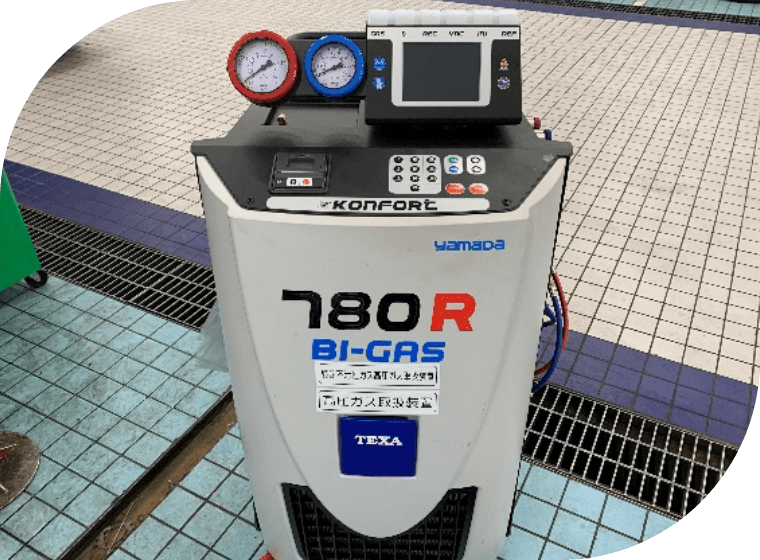
Collecting and properly disposing of chlorofluorocarbons


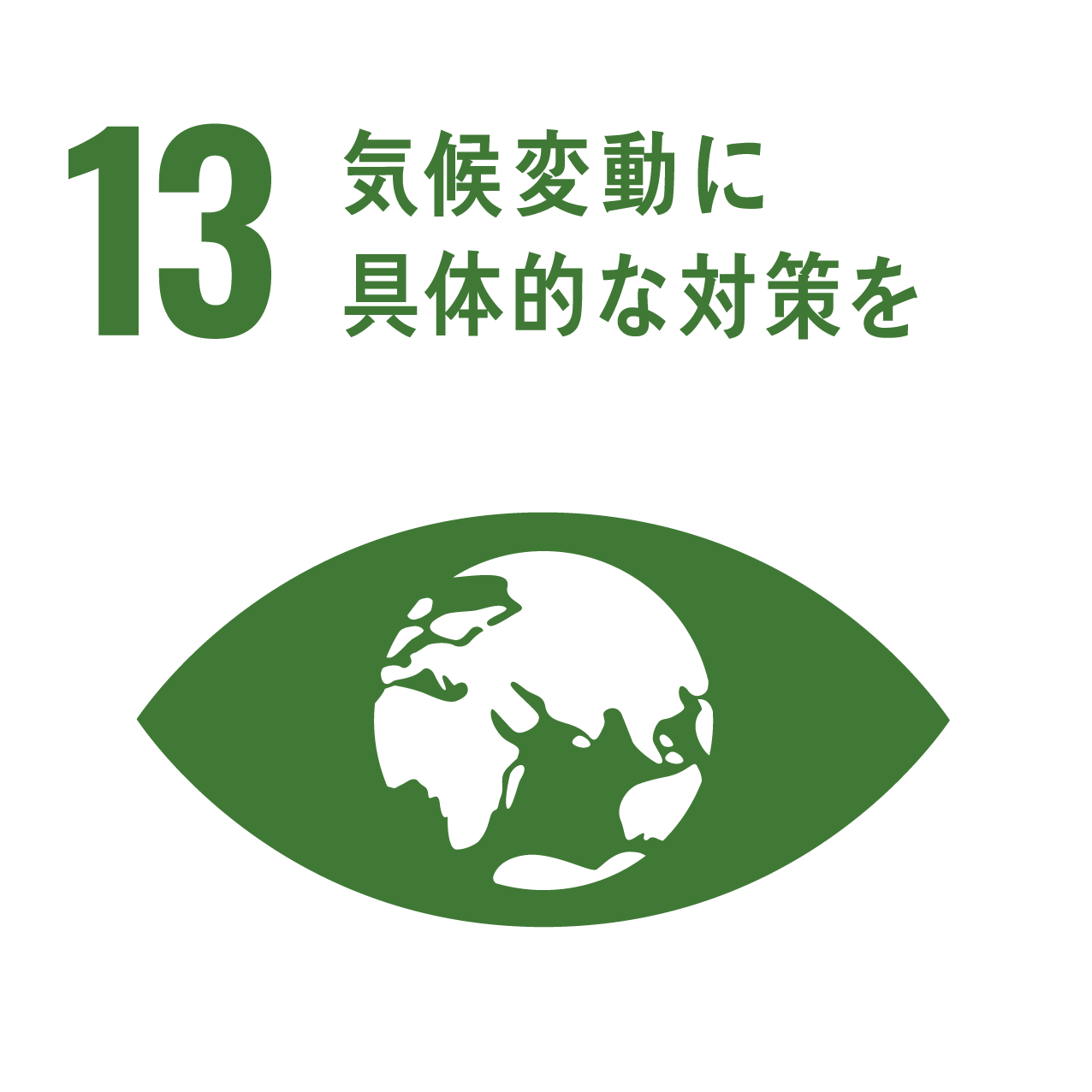
Appropriately collecting chlorofluorocarbons used in vehicle air conditioning with a dedicated collector for recycling and refilling helps reduce environmental impact in efforts to achieve sustainable consumption and production.
-
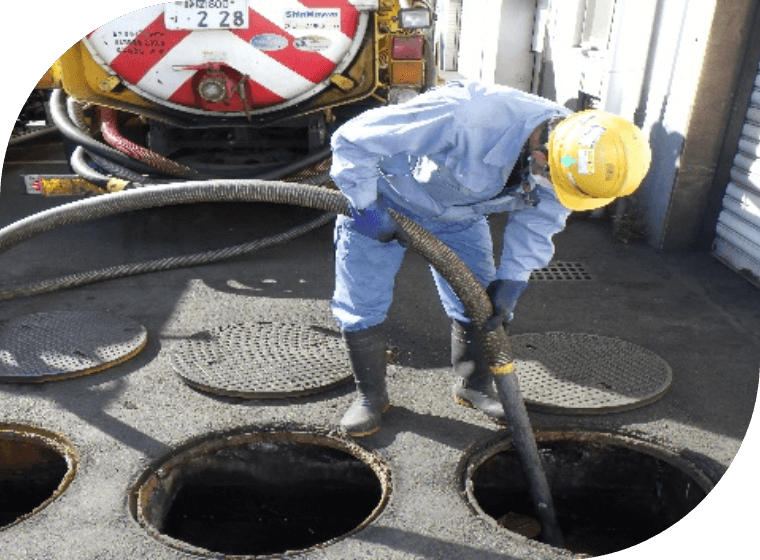
Waste water management at maintenance facilities and use of oil-water separator tanks to prevent oil leaks
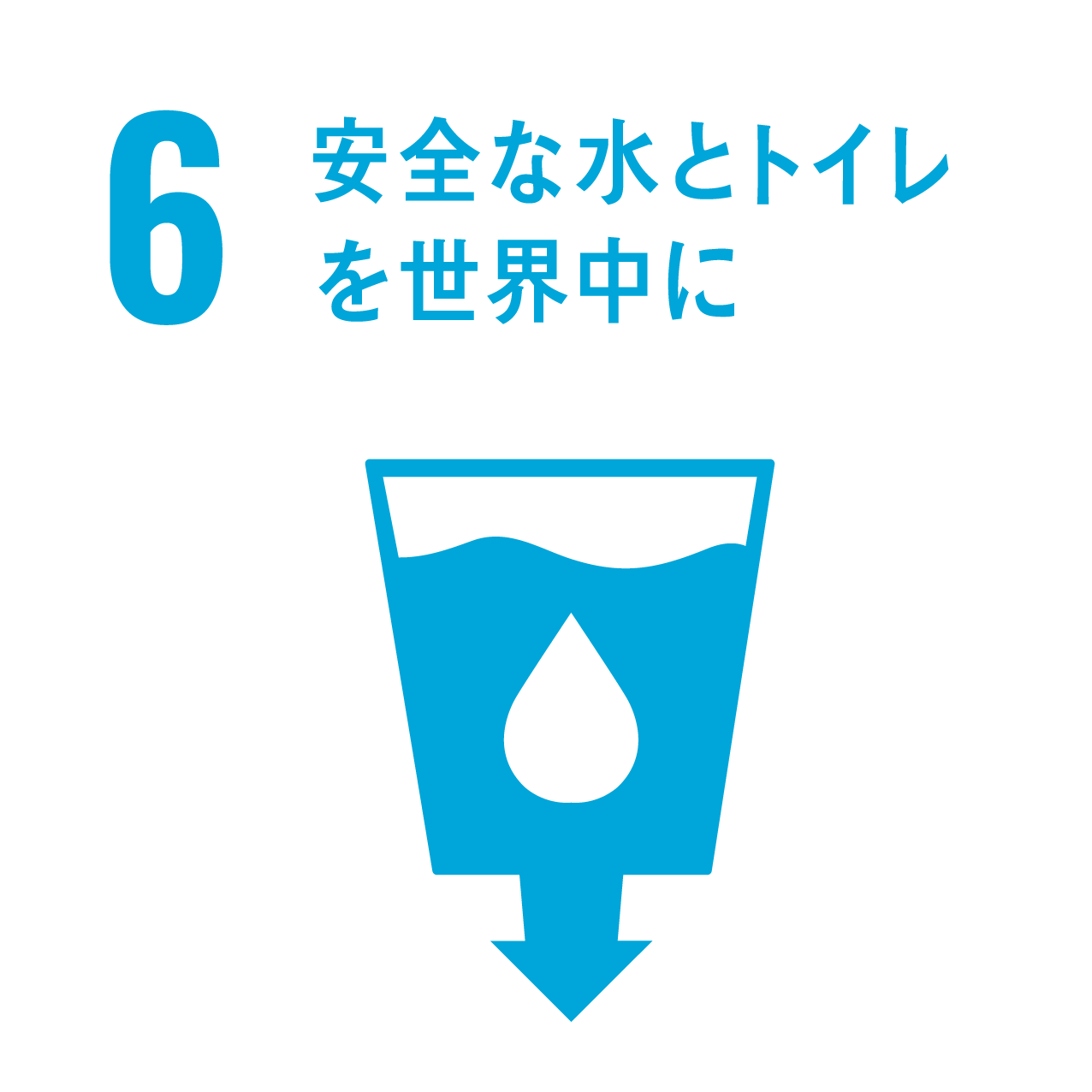


Passing waste water through an oil-water separator tank at maintenance facilities and leveraging the characteristics of oil makes it rise to the top so that it does not leak outside of the facilities (into sewage water, etc.). In addition, periodically processing accumulated sludge in oil-water separator tanks and testing waste water help preserve water resources.
-
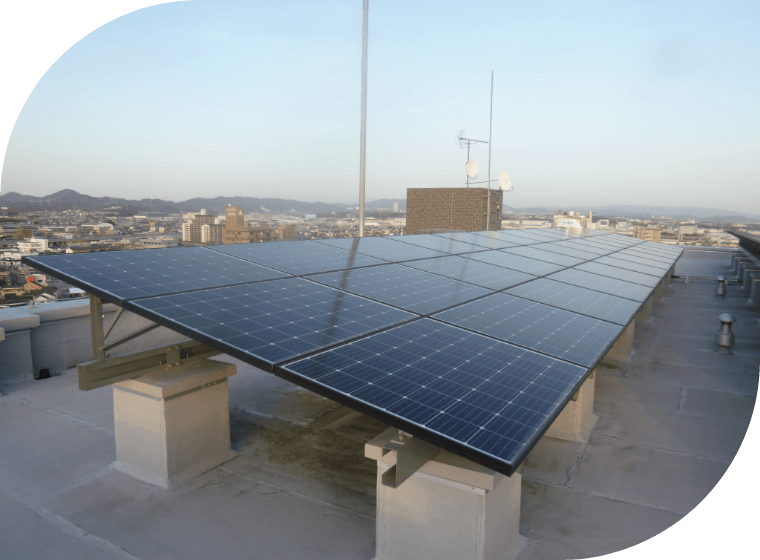
Condominium designs that assist in carbon neutral efforts



Energy saving and energy creating elements are incorporated into various housing facilities to help reduce society’s impact on the environment.
Power-assisted bicycles for cycle sharing
Solar charging panels installed on condominium rooftops supplying electricity to common areas
EV charging system installation
High-strength (100 year) concrete for improved building durability
-
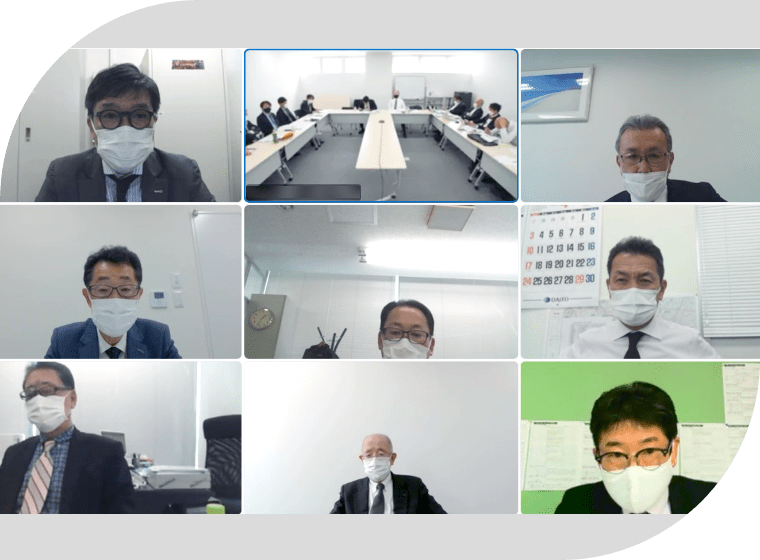
Web conferencing


We have introduced and are actively using web conferencing for conferences, meetings, and hiring interviews, etc. In the past, attendees from across the country would gather at a single venue for meetings, however, introducing a web conferencing has cut travel time and costs, improved work efficiency, and contributed to reduced CO2 emissions.

